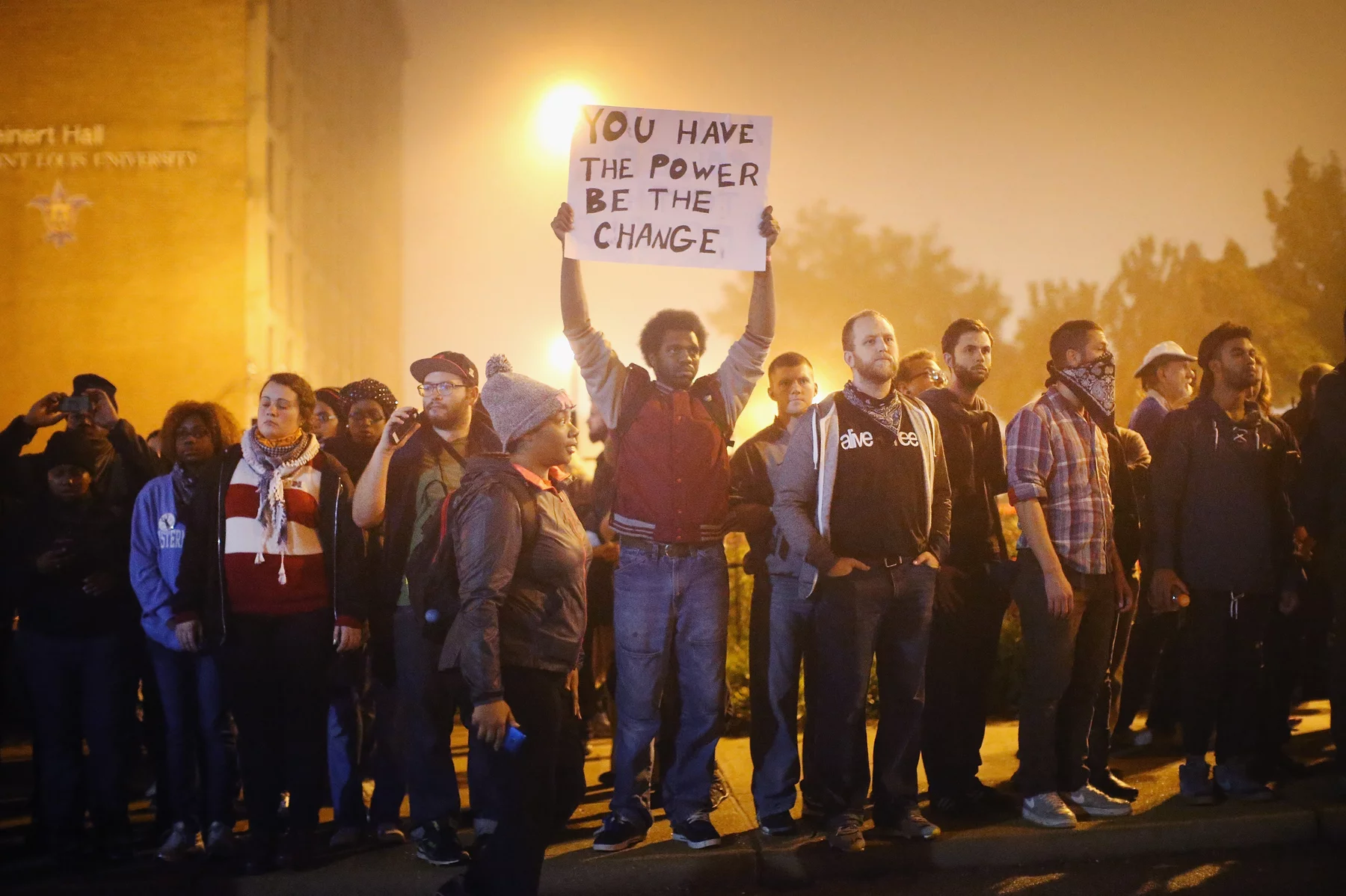In the years that followed, more killings of unarmed black people made national headlines. Freddie Gray, Walter Scott, Sandra Bland, Alton Sterling, and Philando Castile were just a few of these victims, and Dr. Underhill wondered if conversations about race were starting to filter donw into white, liberal households. In 2019, she interviewed 50 parents in Asehville, NC, which is know as a major liberal outlier in the conservative south.


Of the participants, 94% reported that Black Lives Matter activism showed them the realities of racial inequality, thus changing how they spoke to their children about race. They also described how they were inspired to embark on journies of re-education, including enrollment in racial equity training and "borderline religiously" consuming books, podcasts, and other media on racism an white supremacy. This education helped them speak to their children in their early childhood about racism in a way that centers white privilege and rejects the "protected childhood" model of discussion.








